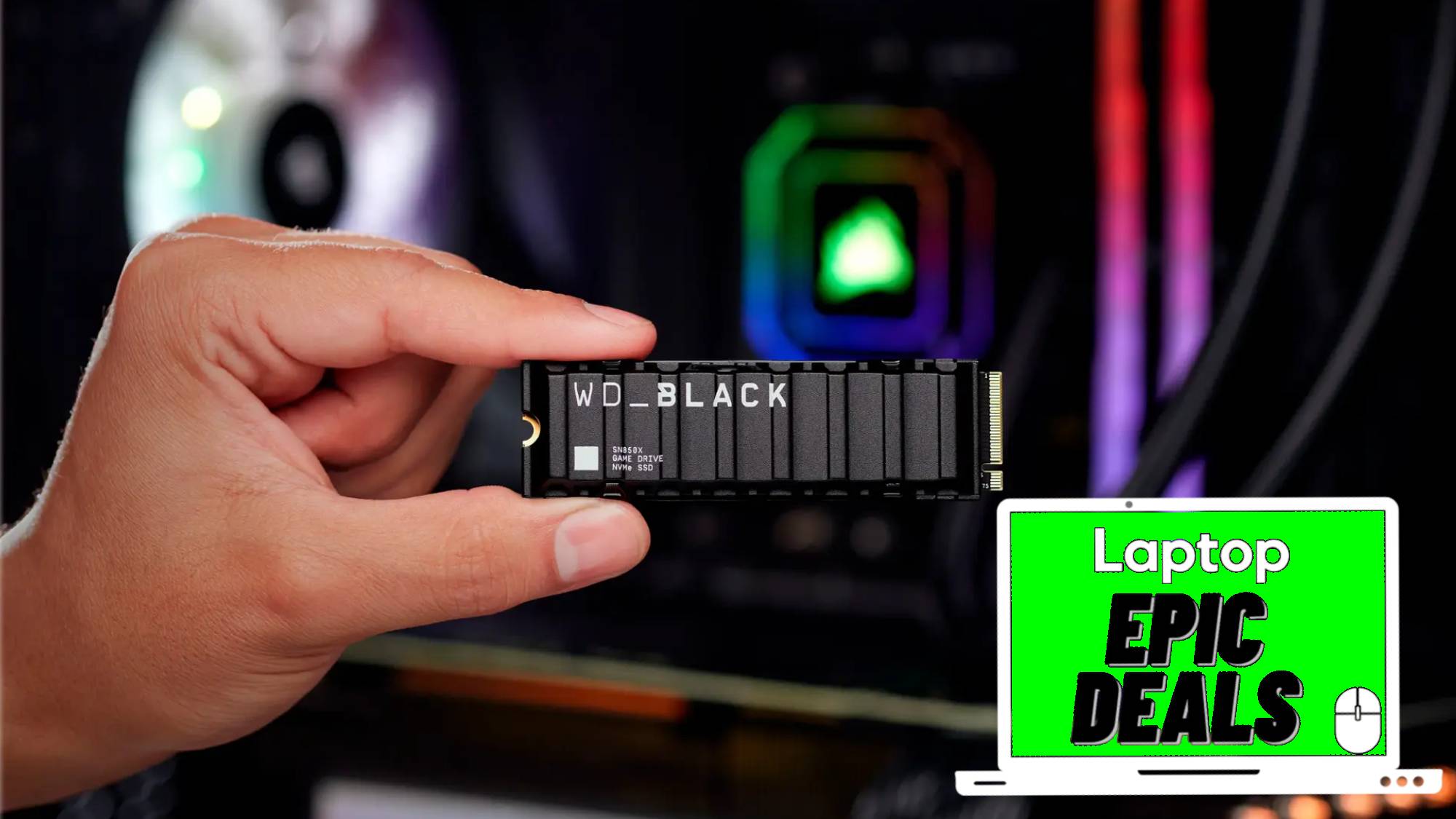Bungie’s live service could do a disservice to the PS5
The intent behind Sony’s recent acquisition of Bungie is questionable
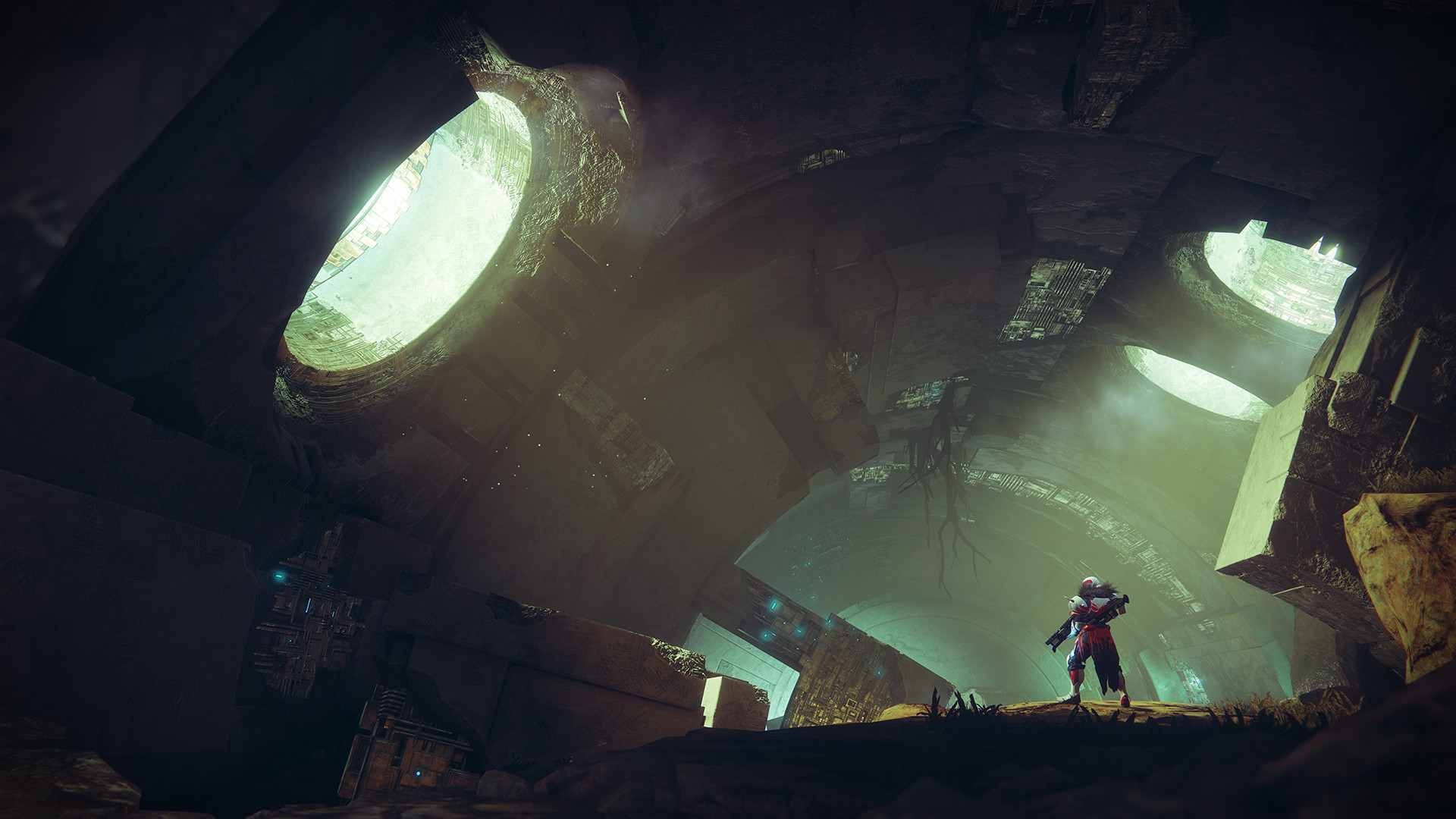
We’re only two months into 2022, and we’ve already seen massive acquisitions from Microsoft and Sony. Just a few weeks ago, Xbox announced that it would be buying Activision Blizzard for $68.7 billion. This cements the purchase as the biggest gaming acquisition of all time, by a significant margin of $56 billion. Only one week later, Sony announced that it would be purchasing Bungie for $3.6 billion, still placing it among the top ten most expensive gaming acquisitions of all time.
Sony intends to launch nearly a dozen live-service games within the next four years. And this purchase comes with the hope that Bungie can provide support towards the many development teams that will be working on these games. But to anyone who has played Destiny, this might seem off-putting. Bungie has encountered its fair share of issues with the series ever since it launched, but the state of the game is abhorrent at the moment. Destiny 2’s live service elements are frequently criticized within the community, so Sony seeking Bungie’s expertise in that department could be nothing short of a disaster.
Here’s why Bungie’s live service could be bad news for Sony and the PS5.
What Sony and Bungie have said so far
With these acquisitions come the promise of a generation of consolidation. In a GamesIndustry.biz interview with Sony Interactive Entertainment CEO Jim Ryan, he claimed that "We should absolutely expect more" when it comes to acquisitions. While he reassures fans that he would spend a lot of time “with Pete and the team at Bungie,” he also claims that “elsewhere in the organization, we have many more moves to make."
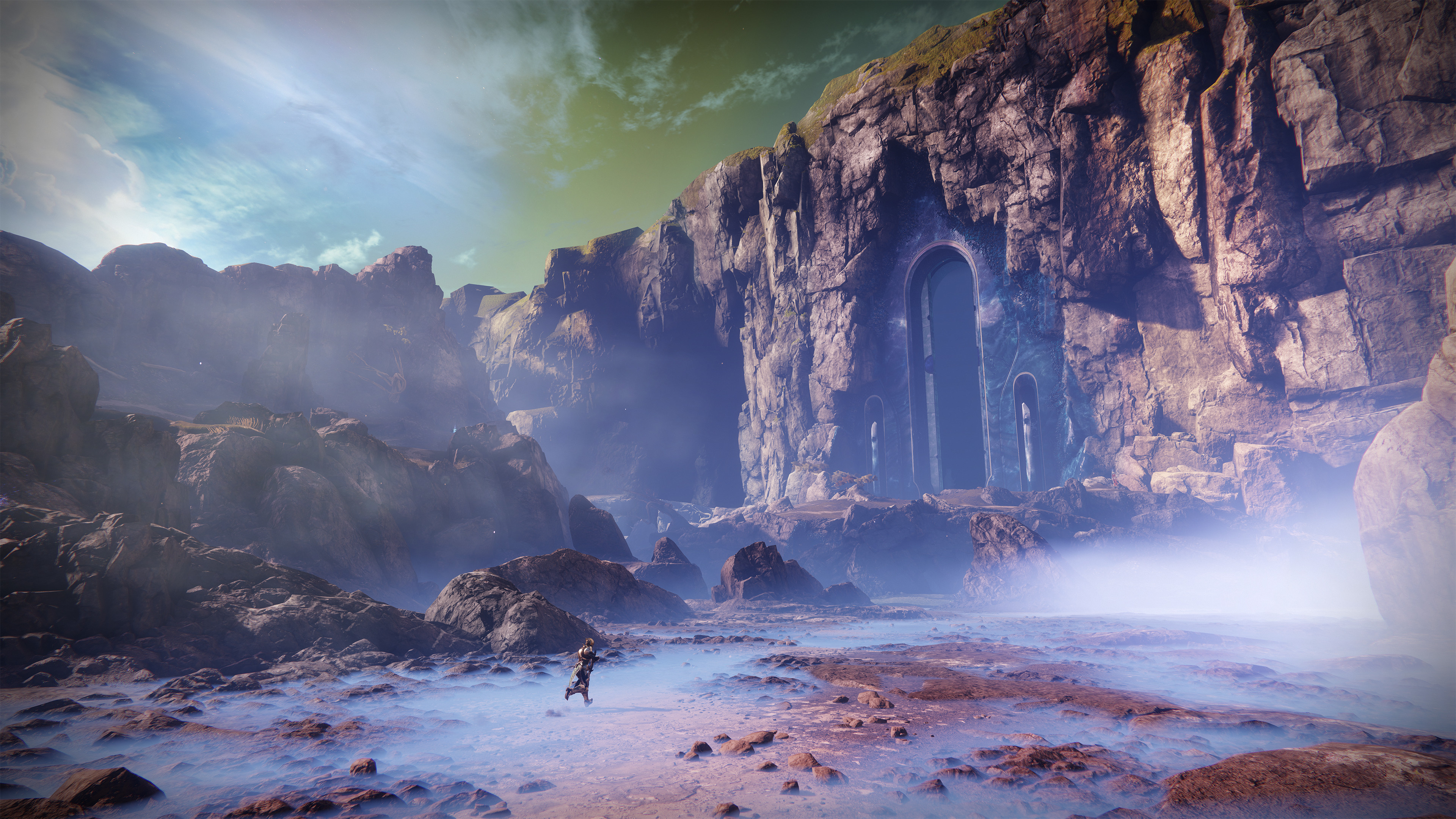
Sony's acquisition of Bungie is a bit unusual, however. While Microsoft is absorbing studios to push for platform exclusivity, Sony came out of the gate with a purchase suggesting that “Bungie will remain an independent and multi-platform studio.” In the same article, Bungie CEO Pete Parsons claims “we will continue to independently publish and creatively develop our games.” And on the subject of exclusivity, he continues “Our games will continue to be where our community is, wherever they choose to play.”
This may seem vague, but in a blog post on Bungie’s website, the company elaborates. One specific question asks: “Bungie has future games in development, will they now become PlayStation exclusives?” The answer is: “No. We want the worlds we are creating to extend to anywhere people play games. We will continue to be self-published, creatively independent, and we will continue to drive one, unified Bungie community.” The same philosophy applies to Destiny 2, as the game “will stay on all current platforms and expand to new ones.”
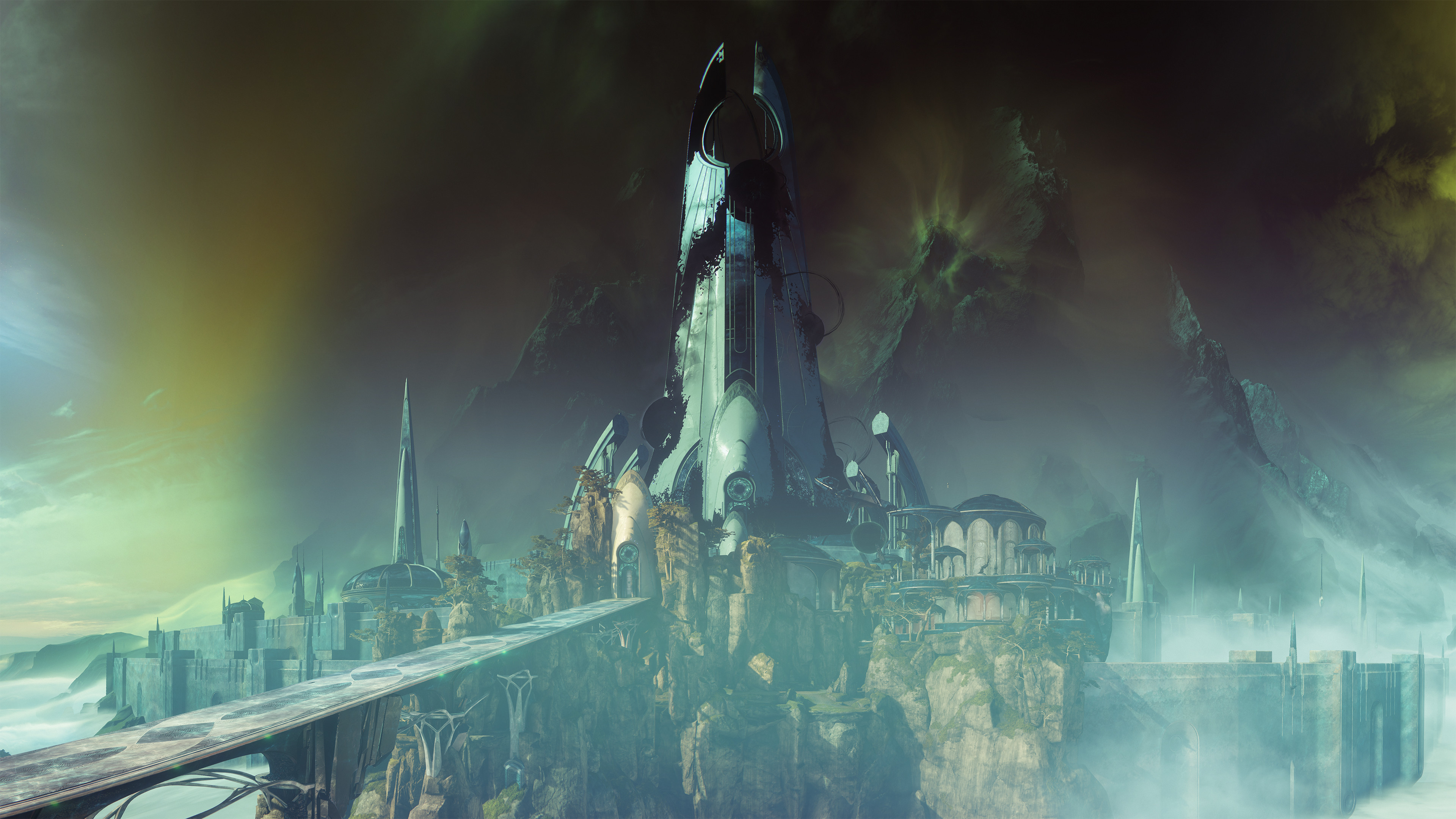
Shortly after the purchase, Sony announced that it intends to launch more than 10 live service games by 2026. This long-term goal is a part of why Sony spent $3.6b on Bungie, as these 10 games will be launching in “close collaboration between Bungie and PlayStation Studios.” In an investor presentation transcribed by Eurogamer, Sony CFO Hiroki Totoki claims that the company will incorporate “the expertise and technologies Bungie has developed in the live game services space.” In a Sony Interactive Entertainment blog post, Jim Ryan claims that Bungie “will support the development of several future live services titles from PlayStation Studios."
Stay in the know with Laptop Mag
Get our in-depth reviews, helpful tips, great deals, and the biggest news stories delivered to your inbox.
Bungie’s approach to live-service sucks
In the summer of 2020, Bungie revealed its plans for the Destiny Content Vault. This suggests that Destiny 2 is “too large to efficiently update and maintain.” Bungie’s solution is a system that lets the company cycle content out of the game that was “less actively played” than others. Another point in this blog post suggests that the “size and complexity of the game are also contributing to more bugs and less innovation.”
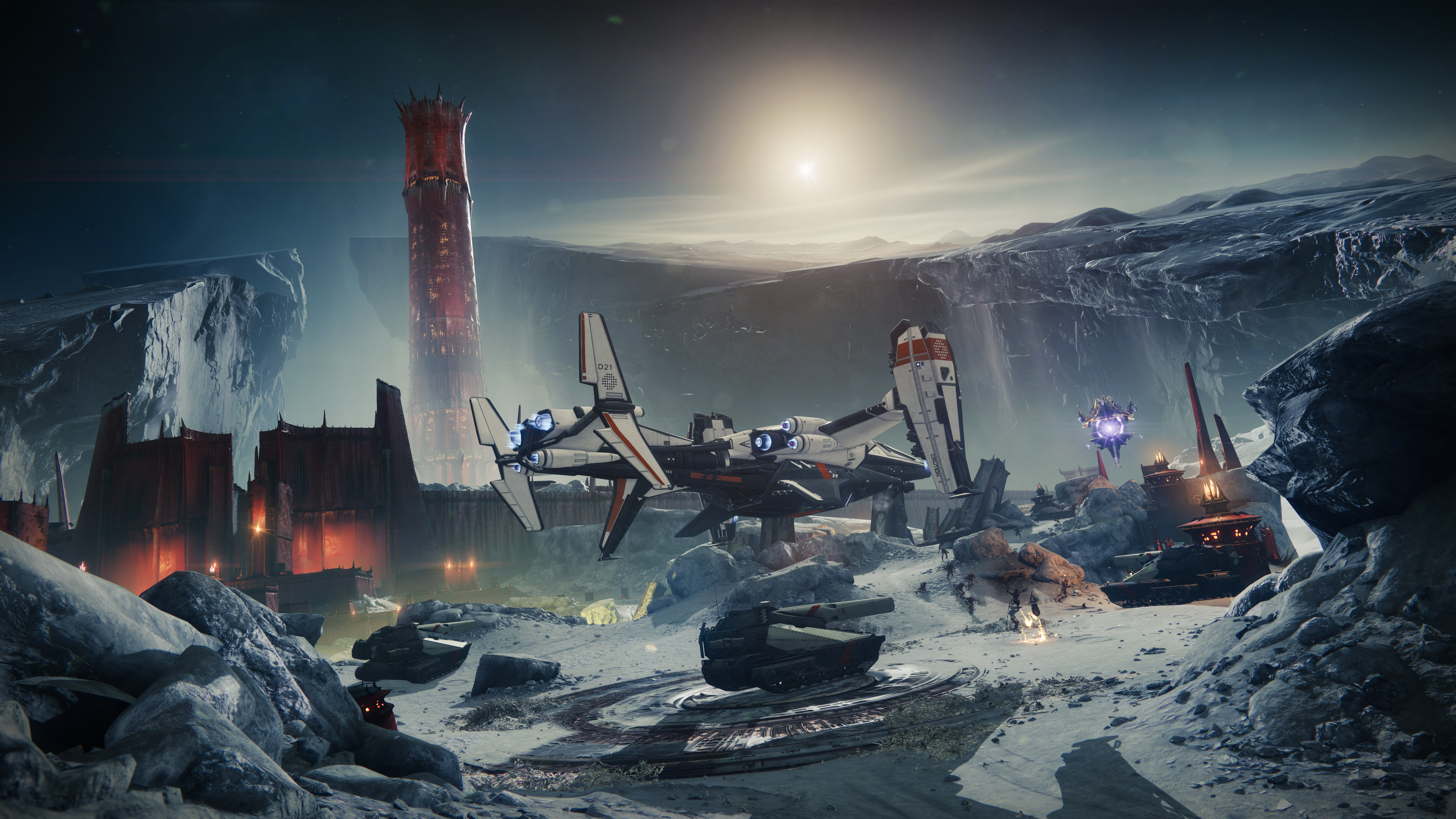
As frustrating as the live service elements within World of Warcraft can be, not even Blizzard stoops this low. Players who purchase the latest expansion, World of Warcraft: Shadowlands, get access to every expansion that came before it as well as each raid, dungeon and zone from the past 18 years. The only exceptions to this rule occur within the lore, like when the World of Warcraft: Cataclysm expansion pushed certain parts of Azeroth into disarray. But that content is immersive because players are experiencing the world change in congruence with the story.
Destiny 2, on the other hand, locks off entire campaigns, planets, strikes and raids. It took only three years after Destiny 2 came out for the base game and much of the content people purchased to no longer be playable. Almost everything that launched with Destiny 2 in 2017 is no longer accessible. Players who purchased this game for $60 have no way to experience what they paid for.
Beyond this being anti-consumer, it also treats the art that Bungie developers have created as ephemeral products that are trapped in a vicious cycle that pushes for new content over sustaining creativity. Preserving the art of Destiny is important! Removing gorgeous environments, intricate gunfights, narrative arcs, challenging strikes, and raids from the game only a couple of years after they launch is unprecedented. Is this really the type of live service Sony is clamoring for?
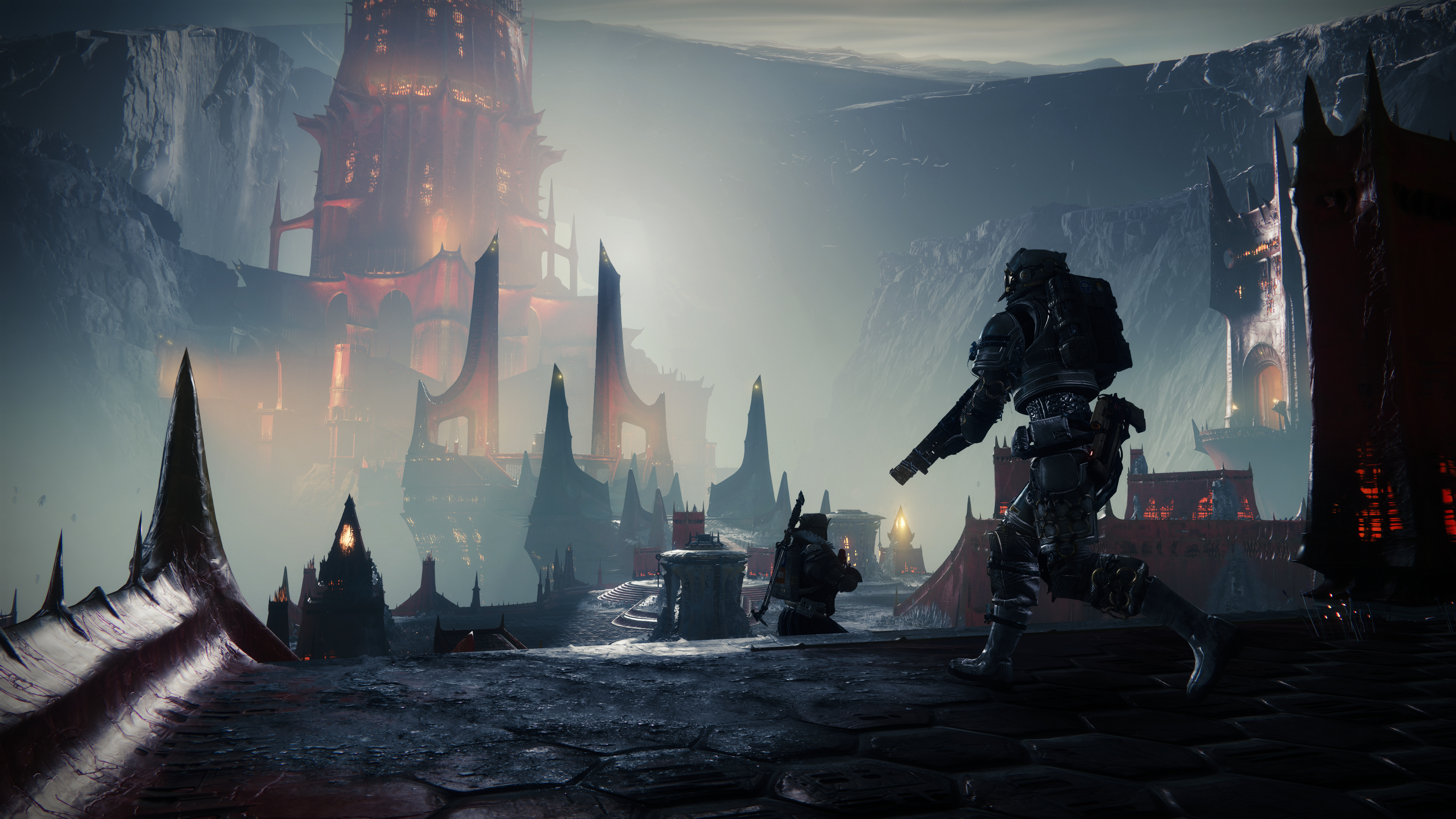
What if Xbox decided that the original Halo trilogy would no longer be playable on the Master Chief Collection when 343 Industries launched Halo Infinite? This is an idea that should never be entertained. Although Destiny’s Content Vault exists to save storage space, the application is disgusting. There’s never a good reason to stop people from being able to play a game they paid for. This isn’t just content that Bungie is hiding away on a server, these are multiple games that are disappearing. Art should never become this quickly inaccessible, and the games people purchased should not suddenly go into stasis where they can no longer be accessed two to three years after launch.
Five of the nine raids in Destiny 2 are not playable. These include Leviathan, Eater of Worlds, Spire of Stars, Scourge of the Past and Crown of Sorrow. Additionally, seven of 14 locations can’t be accessed. The Farm, Titan, IO, Mercury, Mars, Leviathan, and Tribute Hall are not available. And as the latest Content Vault blog post suggests for the Forsaken expansion, even more is being thrown away. This includes the Tangled Shore location, along with the entire Forsaken campaign and most of its strikes.
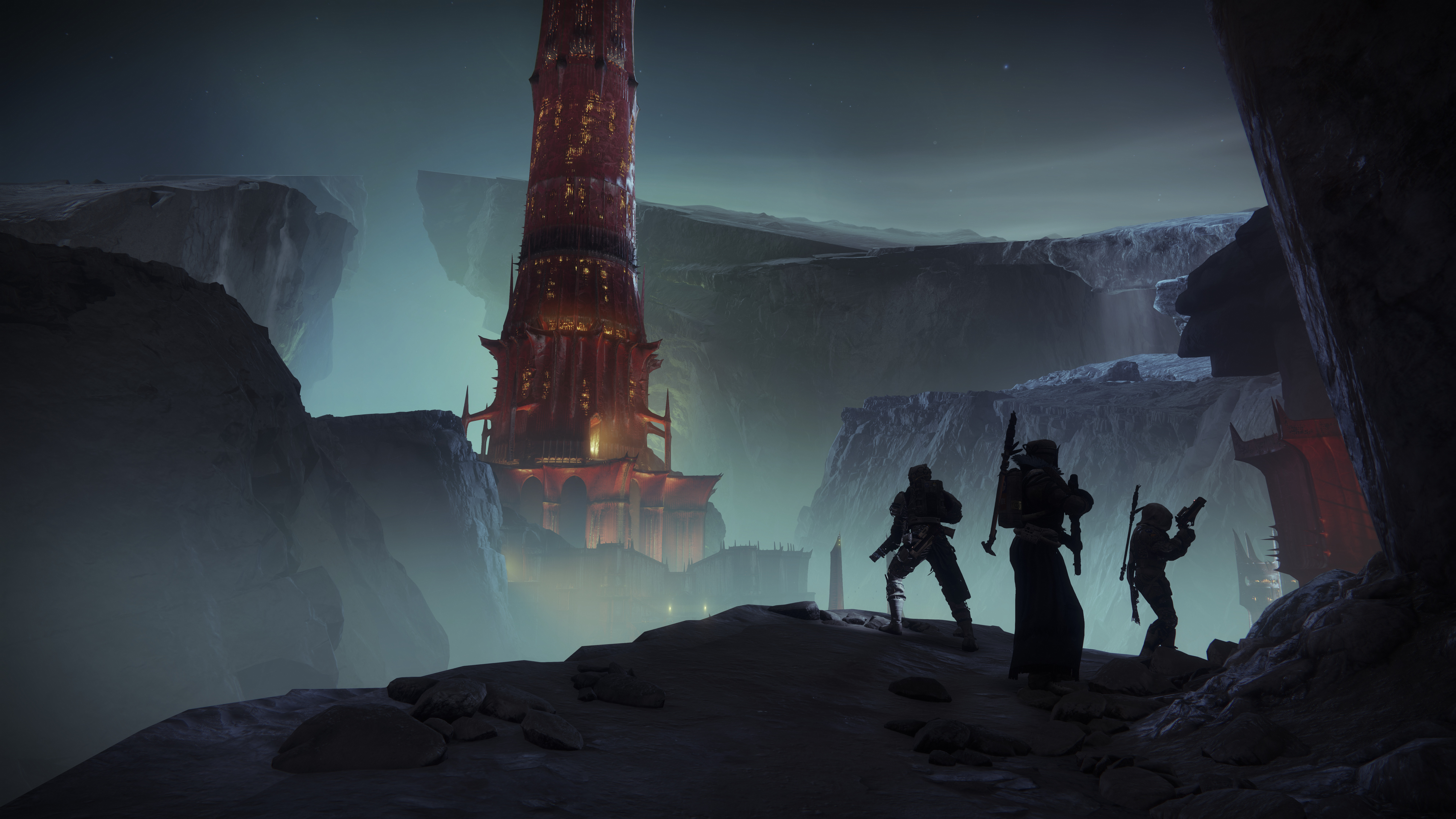
This Destiny 2 blog post boasts about how Bungie will have to create a new expansion called Lightfall to “fully complete” the “first saga of Destiny.” But it’s becoming more and more apparent that there is no saga. Players are locked to the latest campaigns exclusively. When The Witch Queen launches, there will be more Destiny 2 campaigns in the vault than there are in the game. Red War, Warmind and Curse of Osiris are not playable currently, and on February 22, 2022, Forsaken will join them. At that point, the only playable campaigns will be Shadowkeep, Beyond Light and The Witch Queen. When many of the game’s chapters cannot be experienced, it’s incredibly misleading to call this story a “complete saga.”
Destiny 2’s poor expansion pricing
Throughout most of its lifetime, Destiny 2 was on a yearly expansion cycle. Destiny 2 launched in 2017, Forsaken in 2018, Shadowkeep in 2019 and Beyond Light in 2020. The Witch Queen is the only exception, as it’s coming out on February 22, 2022 after a delay.
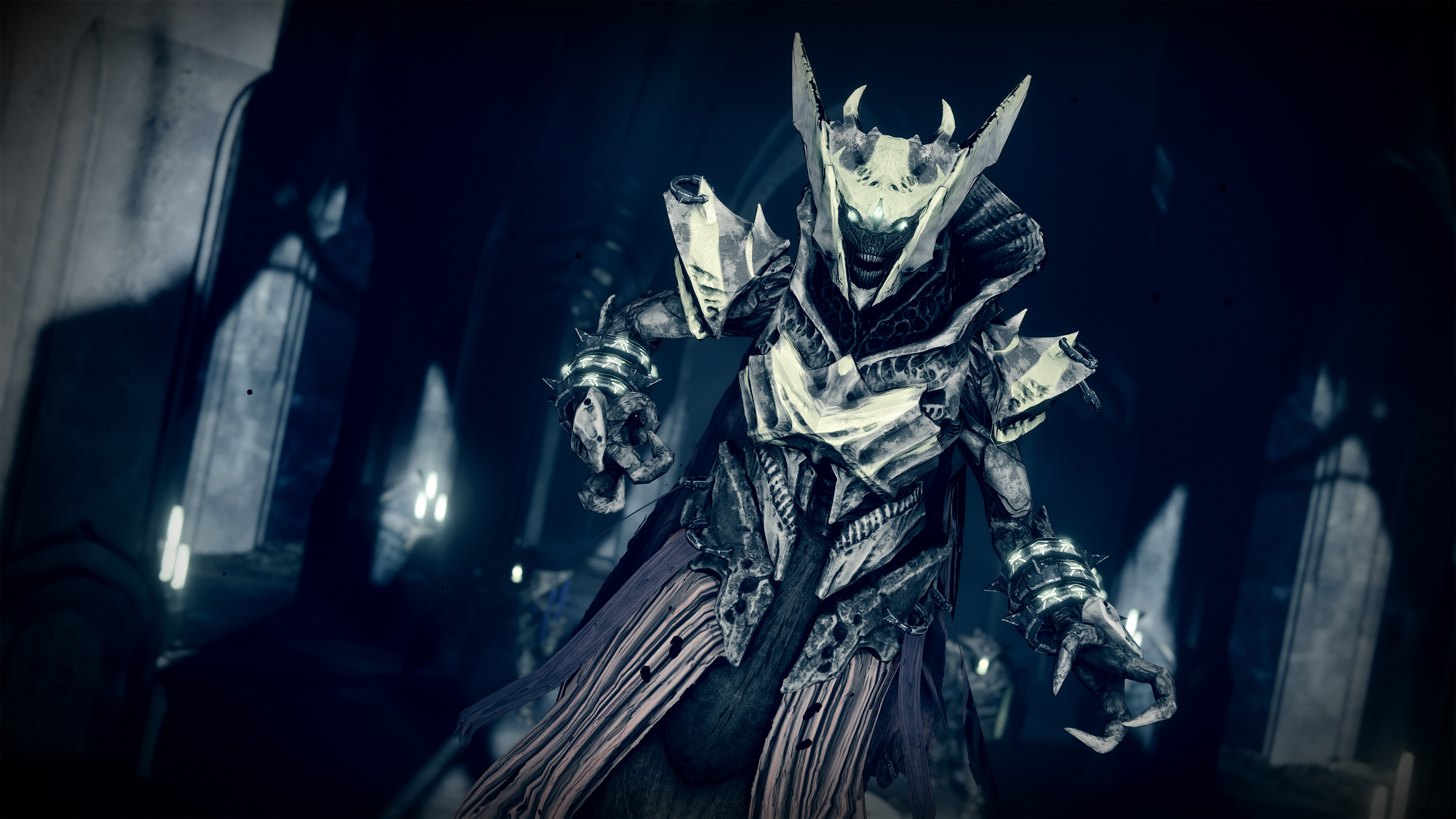
Every expansion launches at a base of $40. However, this price point is exorbitant when analyzing the amount of content that’s present. Shadowkeep and Beyond Light feature only two strikes each, while the base game of Destiny 2 launched with six strikes. And when the original Destiny 2 launched, players were traveling through Earth, Titan, Nessus and Io. But an expansion like Shadowkeep brings players to the Moon, while the Beyond Light expansion is solely focused on Europa, although the Cosmodrome on Earth from the original Destiny is also reintroduced.
Tightly packed experiences that focus on one location throughout an interwoven narrative that is expanded at a yearly pace sounds great, but charging $40 for each entry is a lot. Games like World of Warcraft and Final Fantasy XIV launch expansions in a two year cycle, and although they’re also $40, they boast far grander ideas, featuring multiple raids, dungeons and locations.
And to make matters worse, much of the old content is pricey. 2019’s Shadowkeep is $25 and 2020’s Beyond Light is $30. And even in the case of the Forsaken expansion, which is being stripped from the game this month, players are expected to pay $19.99 for the “Forsaken Pack” to access the Shattered Throne dungeon and Last Wish raid. While these will remain a part of the game even when The Witch Queen launches this month, it’s interesting that some of the content from the game’s very first expansion is still not being adopted into the game for free.
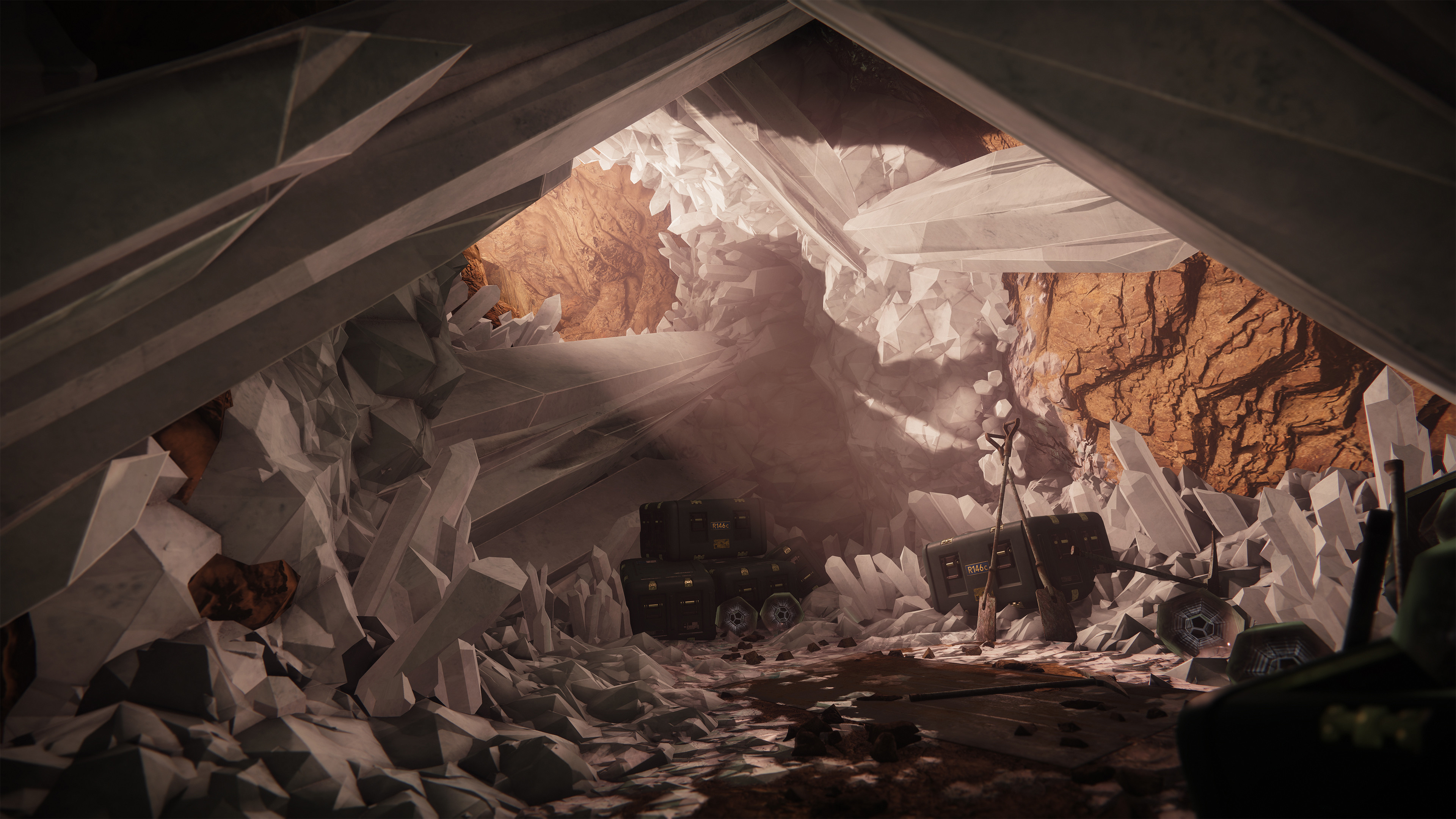
It’s amusing that Bungie had to rename "Forsaken” on Steam to “Forsaken Pack,” as the company could not sell an expansion that doesn’t exist anymore. The pack now features one dungeon, one raid and some guns, but it lacks most of the content that came with Forsaken in 2018. Regardless, Bungie still expects players to cough up $19.99.
New players who want to experience everything Destiny 2 can currently offer will be expected to pay a total of $115. Last year, Bungie also disguised a small patch-worth of content as DLC for $25. This was called the “Bungie 30th Anniversary Pack,” and effectively gives access to the Grasp of Avarice dungeon and some loot. If you wanted that too, we can bring that total cost to $140.
Bottom line
Destiny 2’s live-service elements are abhorrent. Bungie has treated some of the game’s groundbreaking zones, strikes and raids like expendable products that can be tossed aside solely for the sake of introducing new content. Sony championing the “expertise” of this company as if it’s the industry’s gold standard is wholly disconcerting.
Bungie has taught me (and many others) that it’s not a company we can trust. What’s the point of buying a future Bungie title if there’s a chance I won’t have access to it three years after it launches? It sets an awful precedent within the industry, and it has destroyed my respect for the company’s work. Does Sony really intend to follow in these footsteps?

Self-described art critic and unabashedly pretentious, Claire finds joy in impassioned ramblings about her closeness to video games. She has a bachelor’s degree in Journalism & Media Studies from Brooklyn College and five years of experience in entertainment journalism. Claire is a stalwart defender of the importance found in subjectivity and spends most days overwhelmed with excitement for the past, present and future of gaming. When she isn't writing or playing Dark Souls, she can be found eating chicken fettuccine alfredo and watching anime.
